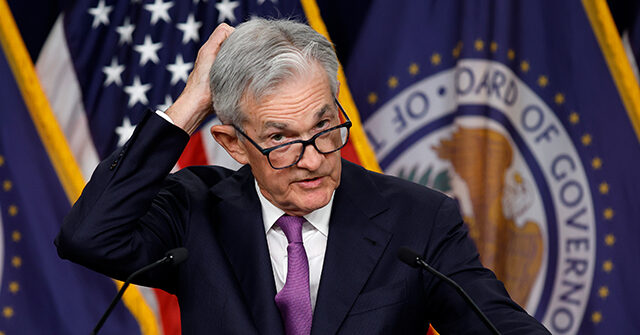Top News
Job Openings Unexpectedly Surge Higher, Putting Pressure on Fed to Hike Again

Job openings at US employers unexpectedly surged in August to the highest since May, putting pressure on the Federal Reserve to hike interest rates again this year and keep rates higher for longer in the coming year.
The number of vacant positions increased to 9.61 million on the last business day of August from an upwardly revised 8.92 million at the end of July, the Labor Department’s Job Openings and Labor Turnover Survey, or JOLTS, showed Tuesday.
Economists had been expecting openings to decline to 8.75 million from the preliminary July estimate of 8.83 million. The July figure was revised up to 8.92 million, indicating that there was even more demand for workers than thought.
The figure released Tuesday exceeded even the most bullish estimates for openings, indicating that demand for labor is much stronger than anticipated.
This is the first monthly increase in openings following three months of declines.
Job openings are considered a key measure of demand for U.S. workers. Rising openings can push wages up, particularly when unemployment is low. The government will release the unemployment rate for August on Friday. Economists are expecting the rate to tick down to 3.7 percent from 3.8 percent in July.
The Federal Reserve has been trying to cool down the labor market by raising interest rates, worried that excess demand for workers would create inflationary pressures in the economy. The latest figures suggest that interest rates might not be as restrictive as Fed officials had thought after the central bank rapidly hiked its benchmark from near zero to a range of 5.25 to 5.5 percent over the course of the past year and half.
The surprise rise in openings will put pressure on Fed officials to raise rates again when they meeting at the end of the month. Recently, Fed officials have been indicating that they are open to another hike if the economic data indicates that the economy is not evolving along a path that would push inflation back down to the Fed’s two percent target.
Read the full article here


















